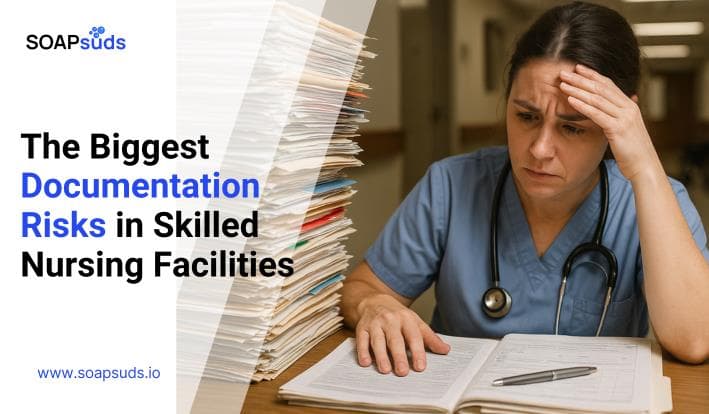Guide: How to Improve your EHR Workflows with AI
SOAPsuds team
Published: 3/3/2025
SOAPsuds team
Published: 3/3/2025

Picture an ophthalmologist spending more time typing up records than checking a patient’s eyes...

The COVID-19 pandemic highlighted significant gaps in the healthcare sector, placing unprecedented pressure on healthcare...

The 11th version of the International Classification of Diseases (ICD-11) marks a major shift in...

Skilled Nursing Facilities (SNFs) play a key role in delivering reliable post-acute care to some

Paperwork burnout in therapy happens when therapists become mentally and physically drained from constant...

Artificial Intelligence has become an important part of healthcare. From diagnosis to patient care...
Clinical Notes
SOAP notes
DAP notes
AI medical notes